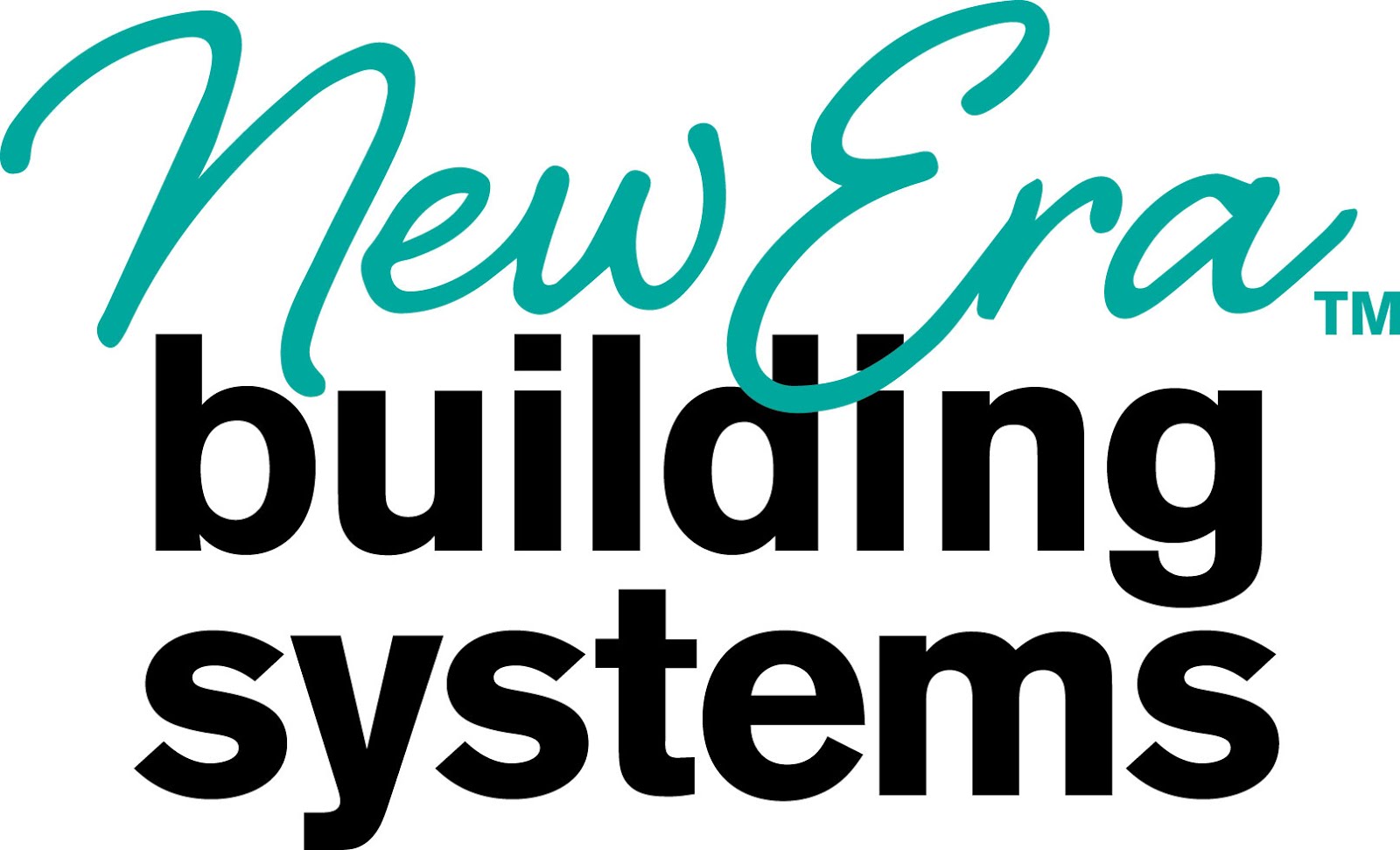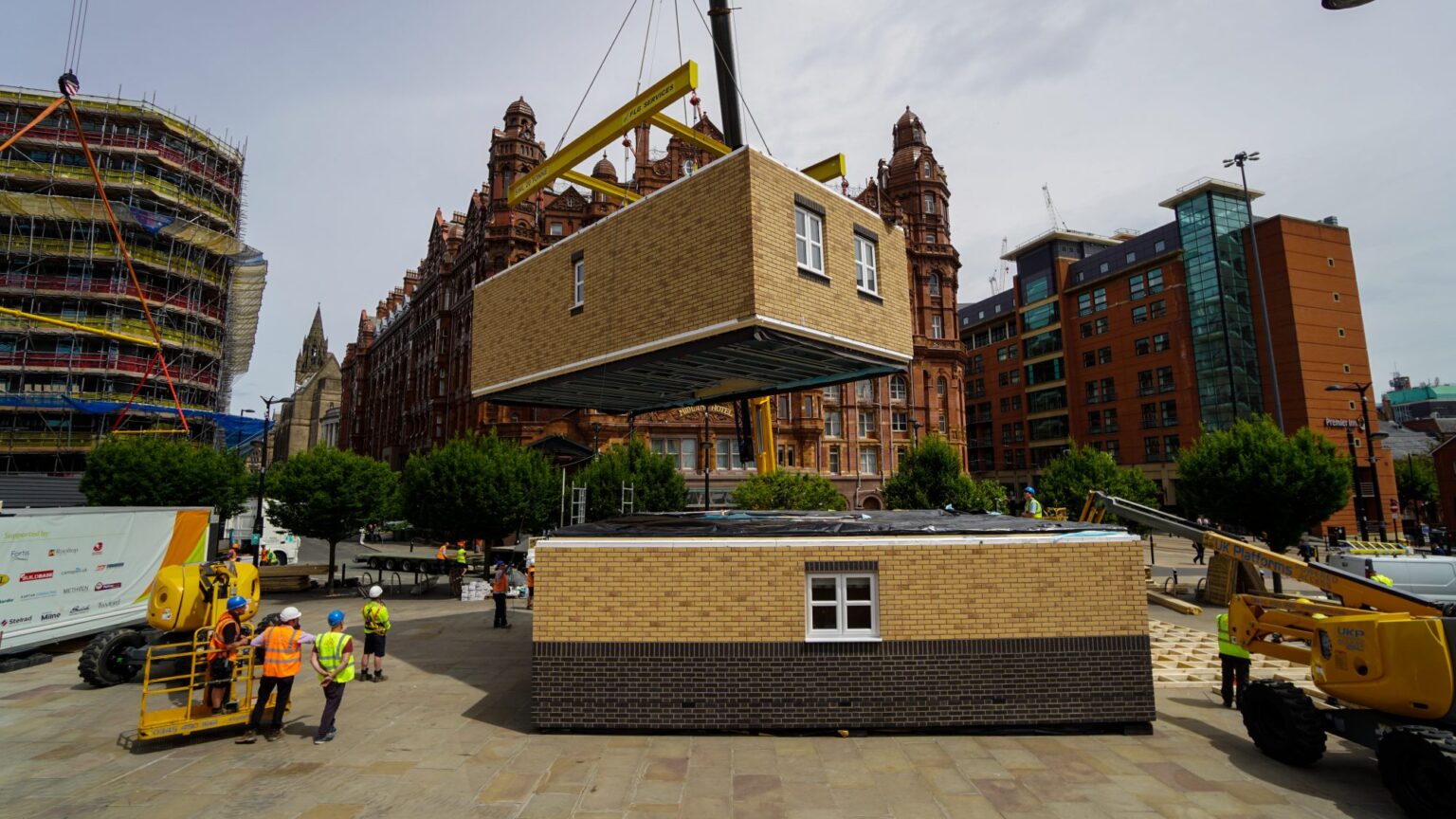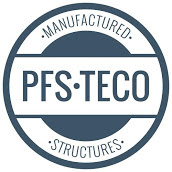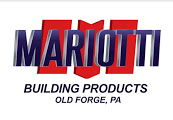For developers who have built their careers around site-built construction, the promise of modular is compelling—faster timelines, cost certainty, reduced labor headaches, and a streamlined path from blueprint to occupancy. But what many don’t realize is that while modular may look like traditional construction on the outside, it operates on an entirely different playbook behind the scenes.
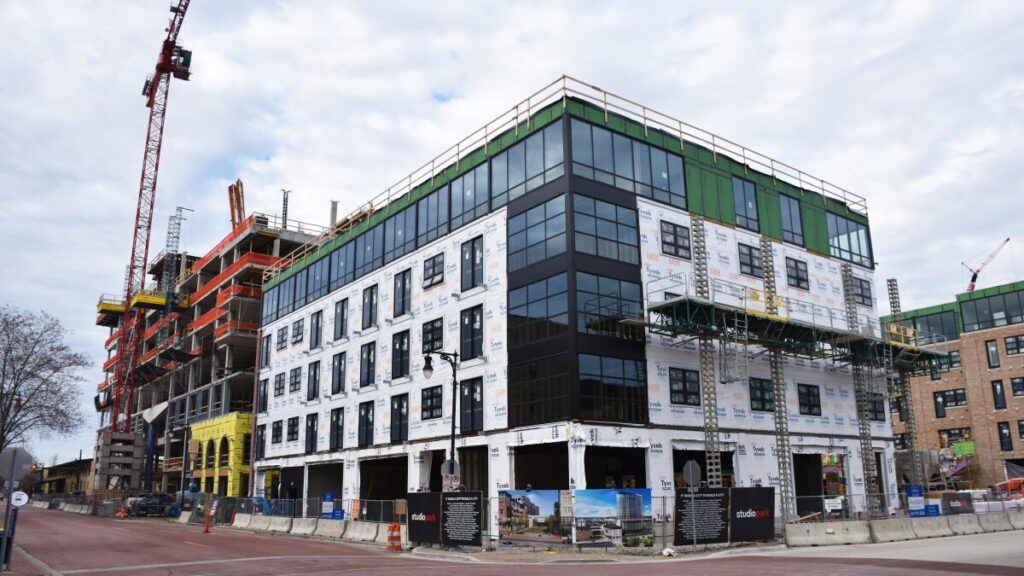
That disconnect can lead to misunderstandings, missteps, and missed deadlines for even the most experienced site-built developers. It’s not because modular is harder—it’s because it’s different. And different requires education, adaptation, and a willingness to let go of some deeply ingrained habits from the site-built world.
As modular factories, consultants, and advocates, we in the offsite construction industry can’t afford to assume developers will figure it out on their own. We must proactively help them navigate the transition.
Here are 11 common points of confusion site-built developers often face when switching to modular—and what we can do as an industry to make that learning curve a whole lot smoother.
1. Factory Schedule ≠ Site Schedule
Confusion: Developers often assume factories can begin production as soon as they’re ready, just like calling a framing crew on a stick-built job.
Proactive Fix: Educate developers early about factory lead times, production calendars, and backlogs. Share expected turnaround times and availability windows during preconstruction meetings.
2. Design Freeze Happens Early
Confusion: Site-built projects allow for changes well into construction. In modular, designs must be finalized and approved before production begins.
Proactive Fix: Offer visual timelines showing critical design lock-in points. Help developers understand that “design as you go” doesn’t work in modular—and why that’s a good thing when done right.
3. State-Level Plan Approvals
Confusion: Developers are used to dealing with local code officials. Modular construction is governed by state-level plan reviews and approvals.
Proactive Fix: Provide clear side-by-side comparisons of site-built vs modular permitting processes, and explain how the modular path can often streamline the review process.
4. Foundation Timing is Critical
Confusion: Many developers believe the foundation just needs to be done before the final inspection. In modular, it must be complete before delivery.
Proactive Fix: Provide site-readiness checklists that emphasize the importance of aligning factory production and site foundation schedules to avoid costly delays.
5. Set Day is Like Surgery
Confusion: Developers treat delivery day as just another phase. Modular delivery is a coordinated dance involving cranes, trucks, crew, and weather.
Proactive Fix: Share videos and walkthroughs of successful set days. Help them understand that this one day often makes or breaks the entire schedule.
6. Limited Flexibility with Materials and Specs
Confusion: Developers expect fully custom finishes. Modular factories usually offer standardized options for efficiency.
Proactive Fix: Be upfront with option books, standard specs, and upgrade paths. Present the limitations as optimized selections for speed, supply chain reliability, and cost control.
7. Financing and Draw Schedules Work Differently
Confusion: Traditional construction draws are based on work completed onsite. Modular factories require upfront deposits before fabrication begins.
Proactive Fix: Introduce developers and their lenders to modular-specific draw schedules and connect them with lenders who understand modular workflows.
8. Transportation and Permits are Complex
Confusion: Developers often overlook the complexities of moving oversized modules across highways and state lines.
Proactive Fix: Share permit timelines, routing constraints, and DOT regulations. Help developers understand the costs and scheduling challenges of logistics planning.
9. Cranes and Site Access are Not Optional
Confusion: They underestimate how much space is needed for cranes and module staging on set day.
Proactive Fix: Use site access diagrams, checklists, and drone footage to visually demonstrate clearance and staging needs. Bring in crane partners early.
10. Inspection Happens at the Factory
Confusion: Developers expect local inspectors to review all aspects of the build. In modular, much of the inspection occurs at the factory before shipping.
Proactive Fix: Clarify inspection stages. Educate developers and local officials about what’s inspected in the factory versus onsite, including tie-ins, utility hookups, and code compliance.
11. Different Roles and Responsibilities
Confusion: Developers assume they can use their usual superintendent or GC. Modular demands coordination with set crews, finish teams, and sometimes hybrid project managers.
Proactive Fix: Offer clear org charts showing who does what and when. Recommend proven partners for set, finish, and local GC coordination to ensure smooth handoffs.
My Final Thoughts
If we want modular construction to grow beyond a niche and become a mainstream solution, the offsite industry must do more than build better boxes—we have to build better bridges. That means listening closely to what developers don’t understand, offering simple explanations without condescension, and delivering training and tools in the language developers already speak. Instead of waiting for them to get frustrated and walk away, we need to anticipate their questions and proactively address them. After all, confusion is a temporary problem—but if we ignore it, so is opportunity.
.
With over 9,000 published articles on modular and offsite construction, Gary Fleisher remains one of the most trusted voices in the industry.
.
CLICK HERE to read the latest edition
Contact Gary Fleisher



